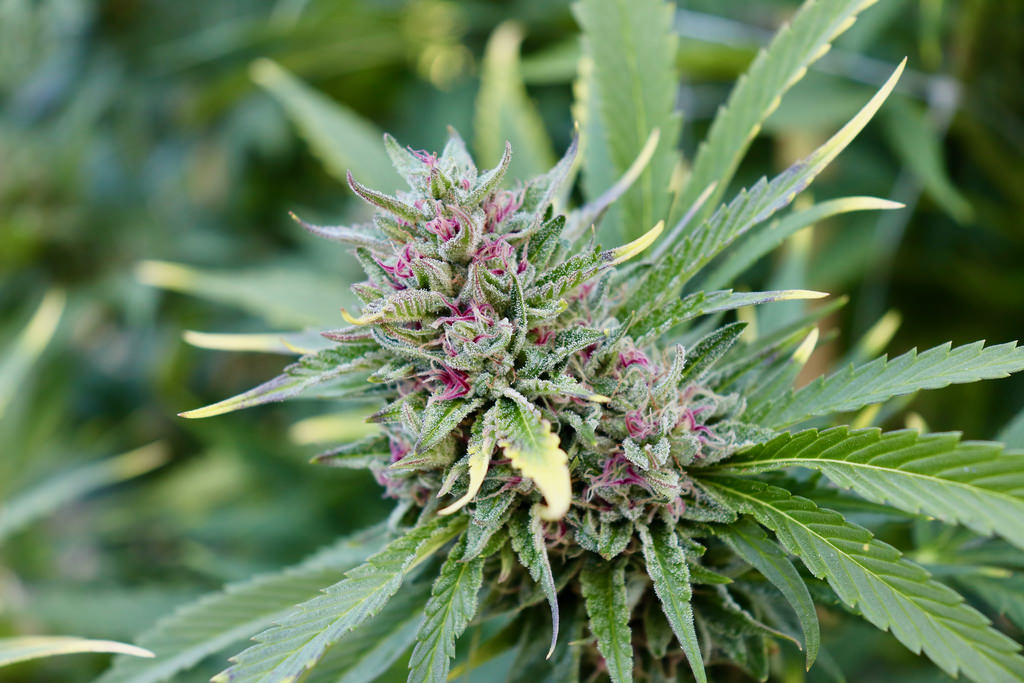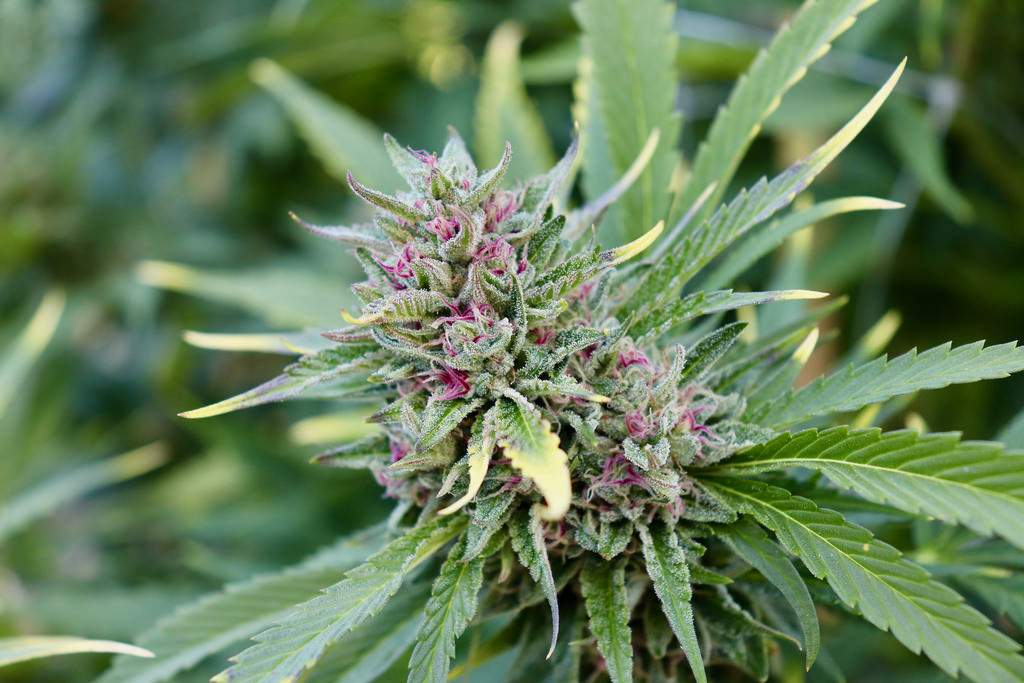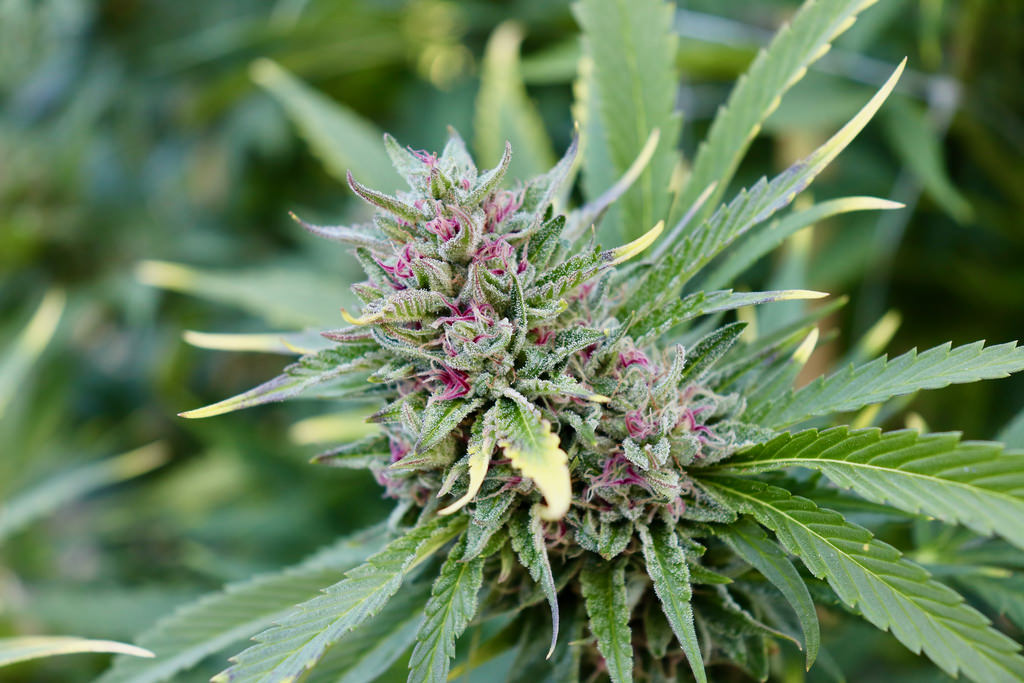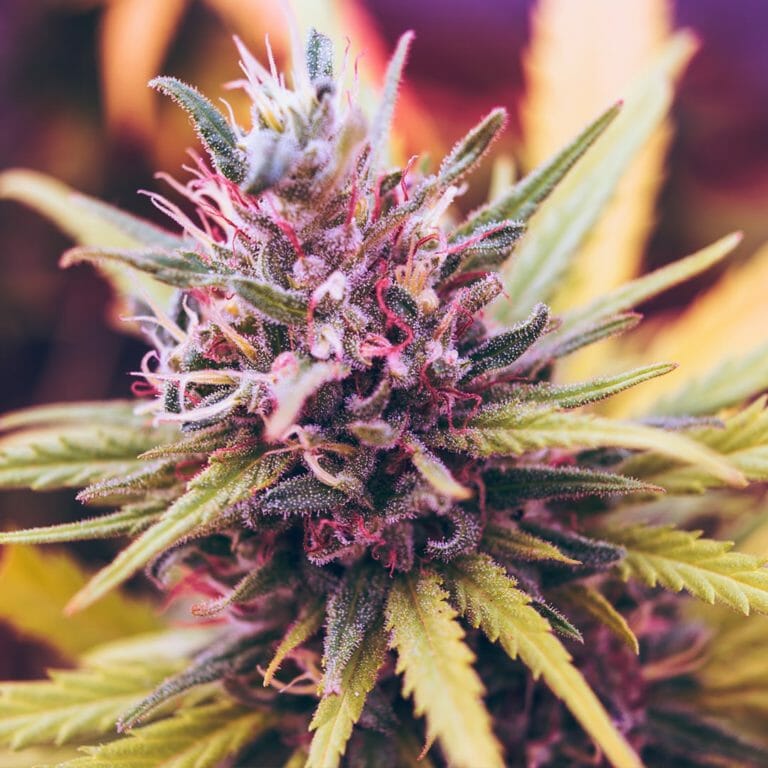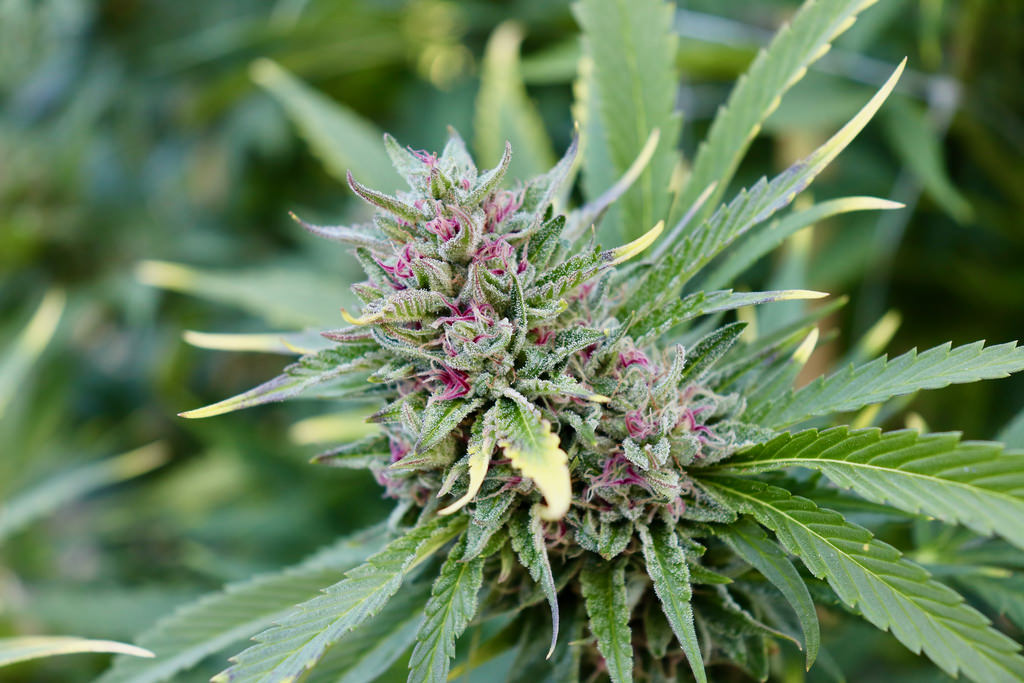INTRODUCTION
Benefits of Cannabis for Chronic Pain Relief in the UK
Chronic pain affects an estimated 28 million people in the UK. Traditional pain treatments such as opioids, NSAIDs, and physiotherapy often fall short—leading many to seek alternatives. Since its legalization in November 2018, medical cannabis has been prescribed more than 30,000 times via private UK clinics . While NHS prescriptions remain rare, the potential health benefits—especially for chronic pain—are increasingly recognised.
—
LEGAL FRAMEWORK & NHS GUIDANCE
LEGAL STATUS SINCE 2018
Medical cannabis became legally prescribable in England, Wales, Scotland, and Northern Ireland in November 2018 .
Products like Epidyolex (purified CBD), Sativex (THC+CBD spray), and Nabilone (synthetic THC capsule) are licensed for specific indications .
NHS PRESCRIBING GUIDELINES
NHS prescriptions are tightly restricted:
Epidyolex: severe epilepsy in children and adults
Nabilone: chemotherapy-induced nausea
Sativex: spasticity in multiple sclerosis
NICE guidelines do not recommend cannabis-based products (THC, CBD, combinations) for chronic pain outside clinical trials .
PRIVATE SECTOR & NHS INTEGRATION
Private clinics like Curaleaf, Releaf, and Celadon now prescribe cannabis for chronic pain, MS, arthritis, PTSD, and more .
Releaf and Curaleaf have integrated with NHS Spine to allow joint-care record sharing .
NHS still handles CBPMs as unlicensed medicines, requiring specialist GMP oversight and multidisciplinary approval .
—
PATIENT EXPERIENCES & DEMAND
RELIEF THROUGH PRIVATE PRESCRIPTIONS
Nearly half of chronic pain patients have started using cannabis after traditional treatments failed .
Among 15,000 pain patients treated by Curaleaf, 25% reported ≥30% pain reduction .
One study of 1,000 UK pain patients found over 50% ceased opioid use; US data show a 64% reduction .
PATIENT STORIES
Georgie Budd, a UK GP injured in 2018, replaced opioids with cannabis—feeling clearer and pain-free .
A mother vaping cannabis reports improved management of lupus, IBS, PCOS, and hypermobility—allowing more time with her children .
HIDDEN SUFFERERS & AWARENESS GAPS
A survey of 4,000 UK adults revealed:
80% hide their chronic pain due to stigma or ineffective treatments
41% turn to alternatives like cannabis
16% unaware cannabis is legal; 18% unsure how to access it .
Reddit reports echo this:
> “Despite the high number of potential beneficiaries, less than 1% have secured a prescription.”
—
EVIDENCE BASE FOR CHRONIC PAIN RELIEF
CLINICAL TRIALS & OBSERVATIONAL STUDIES
UK MEDICAL CANNABIS REGISTRY
A registry of 190 chronic pain patients on CBPMs found:
Statistically significant improvements in pain (Brief Pain Inventory, VAS), sleep quality, mental health, and quality of life over 6 months .
Adverse events were mostly mild to moderate (nausea most common).
Randomised & Feasibility Trials
Svendsen et al. RCT found median pain dropped from 5.0 to 4.0 on NRS; NNT (50% pain relief) was 3.5 .
An observational trial showed 64% opioid use reduction, with 45% quality of life improvement .
Early data from Celadon’s feasibility trial report:
~50% pain score reduction in month one, sustained to three months
Reduced opioid use, improved sleep, better QALYs .
MS & Palliative Care
MUSEC trial: cannabis extract reduced MS muscle stiffness (29.4% vs 15.7%; OR 2.26) .
Sativex helped 50% of MS patients achieve ≥20% spasticity reduction; approved for 4‑week trials .
Cancer pain RCT: cannabis extract doubled ≥30% pain relief compared to placebo (43% vs 21%) .
EVIDENCE QUALITY & LIMITATIONS
Systematic reviews rate evidence as poor to moderate quality , noting inconsistent results in neuropathic pain, fibromyalgia, and rheumatic disorders .
Animal or inhalation evidence shows faster analgesia onset (within 7 mins) but still limited overall .
A 2023 meta‑analysis warns longer durations modestly increase adverse events—though serious events are rare .
—
MECHANISMS & FORMULATIONS
HOW CANNABIS REDUCES PAIN
THC and CBD interact with the endocannabinoid system, modulating pain transmission and inflammation.
THC’s psychoactive effects may also reduce pain perception; CBD provides anti-inflammatory and analgesic benefits without intoxication.
COMMON FORMULATIONS IN THE UK
1. Oromucosal spray (Sativex) – THC:CBD 1:1, each spray ~2.7 mg THC + 2.5 mg CBD .
2. Oral oils and capsules – Custom blends, prescribed via private clinics.
3. Dried flower – Domestically grown, pharmaceutical-grade (e.g., Glass Pharms) .
4. Vaping – High patient satisfaction for pain and inflammatory conditions .
—
SAFETY, SIDE EFFECTS, AND INTERACTIONS
COMMON SIDE EFFECTS
Mild to moderate: drowsiness, dizziness, dry mouth, nausea, fatigue, mood changes .
Rare but possible: psychosis, cognitive impairment, dependency .
LONG-TERM RISKS
Adverse events rise slightly with prolonged use, though serious events are infrequent .
Need comparison with opioid long-term safety profiles.
DRUG INTERACTIONS
THC and CBD may interact with liver enzymes, affecting other drugs—especially anticoagulants, antidepressants, and antiseizure meds .
Specialist monitoring is essential.
—
ECONOMIC & SYSTEM-WIDE IMPACT
COST-EFFECTIVENESS FOR NHS
Celadon data estimate £729 saved per patient per year via reduced drug use, appointments, and improved QALYs .
Extrapolated to 5.45 million chronic pain sufferers: ~£3.97–4 billion savings annually .
Could reduce annual lost work hours by 27 per patient and income losses .
BARRIERS TO NHS ROLL-OUT
NICE’s reliance on long-term RCTs delays chronic pain approval .
Prescribers require specialist status; referrals are often slow .
Stigma, awareness gaps, costs, and lack of GP familiarity hamper access, despite campaigns like “Pain Unmasked” .
—
FUTURE DIRECTIONS & RECOMMENDATIONS
RESEARCH NEEDS
More large-scale RCTs on chronic non-cancer pain.
Longitudinal safety studies comparing cannabis to opioids.
Economic modeling and real-world effect measurement (e.g., CANPAIN trial, up to 5,000 patients) .
POLICY & PRACTICE ADVANCES
Expand NHS integration: prescribing via Spine, joint records, clinician training .
Update NICE guidelines to reflect real-world evidence and economic savings.
Reduce stigma through public and clinician education campaigns supported by organisations like Drug Science .
PATIENT GUIDANCE
Start low, go slow: Begin with low-dose THC:CBD mixtures under specialist oversight.
Monitor pain levels, sleep, mood, side effects, and medications.
Maintain clear communication between private clinics and NHS.
Be mindful of side effects, drug interactions, and informed consent on risks/benefits.
Benefits of Cannabis for Chronic Pain Relief in the UK

